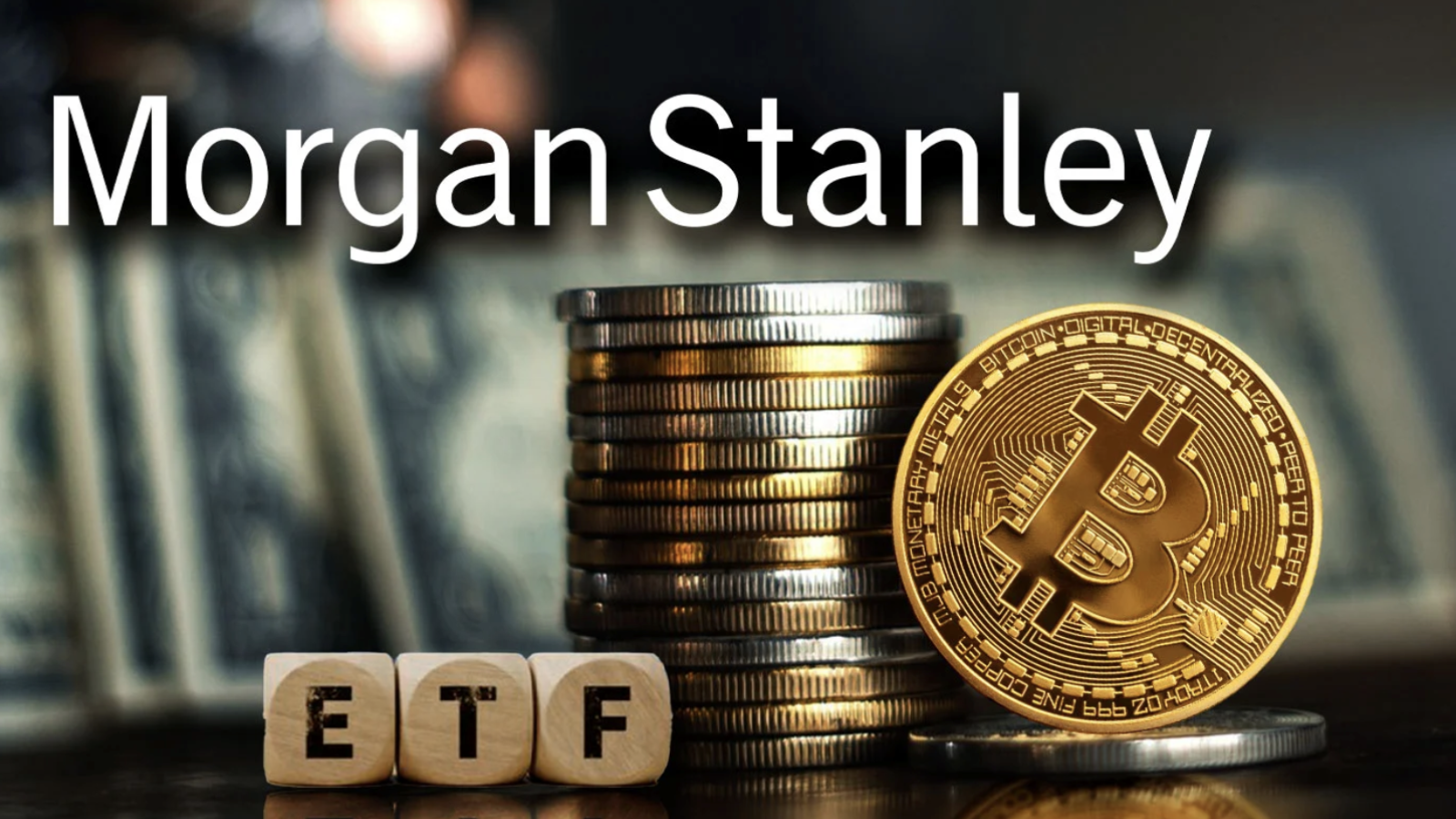Celebrating its 15th anniversary, Bitcoin made a grand entrance onto Wall Street, a move that could signal a new era in its journey. The adolescent cryptocurrency, once a subject of skepticism, now finds itself in the midst of Wall Street’s complex financial ecosystem. With 11 new U.S. exchange-traded funds (ETFs) tracking its spot price, Bitcoin has seen a significant shift in its landscape.
Since January 11, when these ETFs began trading, there’s been a flurry of activity, accumulating over 644,860 bitcoins valued at more than $27 billion. This robust start suggests that Bitcoin’s influence in mainstream finance is growing, but it also raises questions about its future dynamics and the role of institutional players in shaping its trajectory.
The Wall Street Bitcoin Wave
The Grayscale Bitcoin Trust, previously a closed-end fund, contributed significantly to this trend by transitioning into an ETF, bringing over 500,000 bitcoins into the fold. The 11 ETFs have attracted $4.1 billion since their debut, according to CoinShares data. This integration of Bitcoin into the world’s largest stock market is not just a milestone; it symbolizes the cryptocurrency’s transition from a niche asset to a more mature, widely recognized financial instrument. Brent Donnelly, a currency trader and president of Spectra Markets, views this as a natural evolution of a once uncertain asset into a mainstream investment.
Comparing the average daily trade value of Bitcoin on cryptocurrency exchanges, around $500 million, with the $4.6 billion volume recorded on the first day of ETF trading in the U.S., it’s evident that Wall Street’s involvement is reshaping Bitcoin’s market dynamics. Anders Helseth of K33 Research points out the potential for the U.S. trading session to significantly influence Bitcoin’s price action, underscoring the pivotal role of these new investment products.
The Ripple Effect of Institutional Interest
Bitcoin’s journey has been anything but dull. With a 50% surge since mid-October and reaching a two-year high post-ETF approval, the cryptocurrency has experienced both soaring heights and sharp declines. The recent dip to $40,267, though significant, still leaves Bitcoin considerably higher than its pre-ETF approval values. This volatility, a characteristic feature of Bitcoin, seems to be undeterred by Wall Street’s embrace. Interestingly, ‘Bitcoin whales,’ investors holding large amounts of Bitcoin, appear to be capitalizing on these price fluctuations, with long-term holders beginning to realize profits on their investments.
However, the narrative extends beyond mere price movements. Wall Street’s newfound interest in Bitcoin is not just about diversification or tapping into an emerging asset class. It reflects a broader shift in financial thinking, a willingness to explore and integrate unconventional assets. This phenomenon isn’t new; gold, for instance, underwent a similar transformation. Initially sidelined, it eventually gained mainstream acceptance, albeit over a much longer timeframe than Bitcoin’s rapid ascent.
Bitcoin’s integration into Wall Street is not just about financial gains or market growth. It’s a testament to a broader shift in the perception of alternative assets and a challenge to conventional investment paradigms. The fact that Wall Street has welcomed a man-made, anonymous asset like Bitcoin without the usual rigor of creator scrutiny speaks volumes about the changing tides in financial decision-making.





